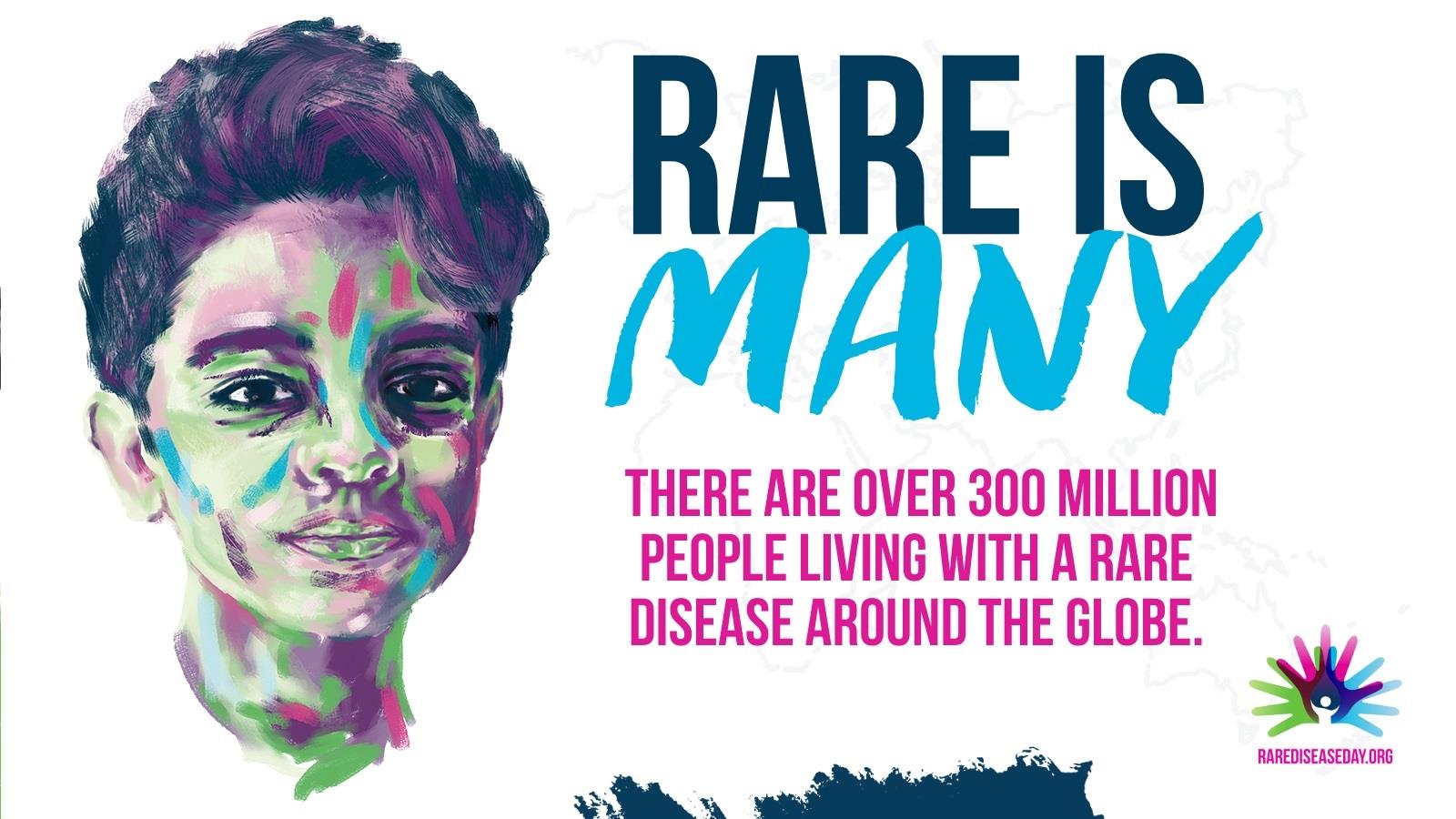People with rare diseases often face long waits – sometimes decades – for their condition to be diagnosed. Doctors are taught to focus initially on identifying and treating more common conditions before considering rarer causes of symptoms. This is exemplified by the direction to medical students in training: “When you hear hoofbeats, think horses not zebras.”
In early 2021 health ministers of every country in the UK signed up to a shared vision, called the Rare Disease Framework, of how to reform health services to improve the lives of those living with rare diseases. This aimed to speed-up diagnosis, better co-ordinate care, raise awareness and develop clinical education and improve the process of making newly-licensed medicines and access to specialist care available on the NHS.
Over the last two decades, hundreds more drugs for rare diseases have been developed but patients do not always have access to them through the NHS. One reason for this is the assessment process by which new medicines, including so-called “orphan” drugs for rare diseases, are evaluated for cost-effective use of NHS resources.
These decisions are taken by Government agencies such as the National Institute for Health and Care Excellence (NICE) in England and the Scottish Medicines Consortium (SMC) in Scotland.
In 2019, a paper in the Orphanet Journal of Rare Diseases 1 showed that in England less than 50% of licensed orphan medicines are routinely recommended by these agencies and more recent studies have shown that the number of new drug launches in the UK has fallen dramatically.2
In 2020, half of the 22 new medicines not launched in England, were for rare diseases.3 This makes worrying reading for the community campaigning for the goals of the Rare Diseases Framework to be actioned.
At CSL Behring, we are committed to working with all stakeholders, including clinicians, patient organisations and the NHS, to make our new treatments available in the UK. Researching and developing new medicines takes our teams of scientists and doctors many years – sometimes decades – before they are ready to be manufactured. These drugs can therefore be complex to make and costly. We will engage the NHS to ensure the access to drugs is fair and as cost-effective as possible given they are sometimes in limited supply and global demand is growing.
The UK spends half as much on medicines per head of population compared with France 4, one of the lowest levels of drug spending anywhere in the industrialised world.
It may also surprise you to learn that public spending on branded medicines is currently capped by the Government at a maximum 2% growth each year. Every penny of extra spending incurred by the NHS over this 2% limit is repaid by drug companies to the Treasury each year.
In 2022, this five-year agreement triggered a repayment rate of 15% on each company’s annual turnover. This year the rebate rate is 26.5% -- and that’s on top of corporation tax, which has increased to 26%.
The UK is quickly becoming one of the hardest countries in the world in which to launch new medicines. However, CSL Behring is committed to working with bodies like NICE and the SMC, and Government ministers, to make our new treatments available at a fair and cost-effective price.
Steve Allan is Head of Commercial at CSL Behring UK and Ireland.
- https://ojrd.biomedcentral.com/articles/10.1186/s13023-019-1078-5
- Informa Pharma Projects 2022 data; Note: *New drug launches were defined as the first indication for which a given pharmaceutical was made available in the country of interest. Launch confirmation was determined based on when a drug was first confirmed to be marketed in the country of interest as per public domain sources.
- EFPIA W.A.I.T. Survey 2021; NICE website [accessed April 2022]; BNF website [accessed April 2022]; Year is the year of the EMA approval.
- Analysis of data from IQVIA (2021) Drug Expenditure Dynamics 1995–2020; 2.OECD population and GDP per capita indicators.
- Rare Disease Day website https://www.rarediseaseday.org/what-is-a-rare-disease/
GBR-CRP-0418 Prepared February 2023



